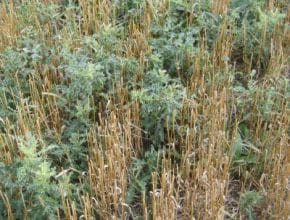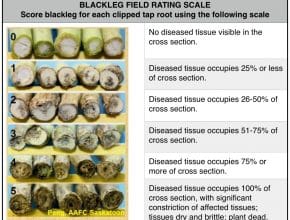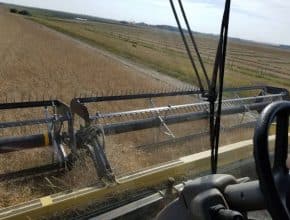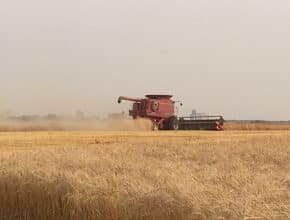Crop with a heavy lean may require some trial and error to test the best angle of attack. Some operators will prefer going perpendicular to the lean; some will prefer going into the lean. With straight cutting, you can go whatever direction works best for crop flow…
Canola Watch Posts
-
-
Fall is a good time to control perennial and winter annual weeds, but spraying immediately after harvest may not provide the best results…
-
For results to be as close as possible to the situation next spring, the ideal time to take fall samples is when soil temperatures drop below 10°C and as close to freeze-up as possible…
-
-
-
Not really from a storage risk perspective. When canola is very dry, one risk is that seed could start to crack if handled aggressively…
-
-
Leaving canola to ripen naturally can work well for straight combining and it saves the extra pass and cost of pre-harvest applications. But canola left to ripen naturally will have somewhat tougher and greener plant material than a swathed crop would, even when seeds are cured and ready to combine…
-





